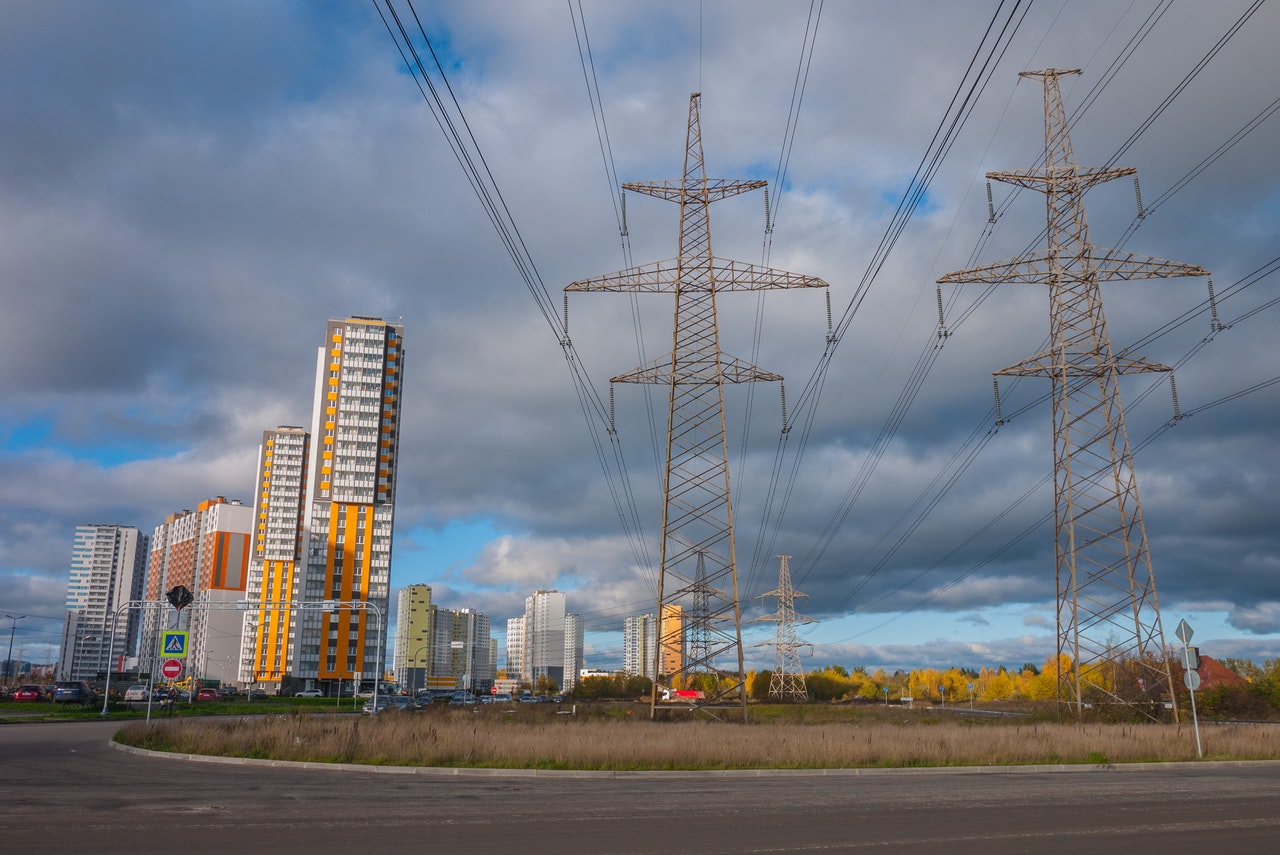A failing domestic power grid stands between the U.S. and its climate commitments, Hailey Zaremba wrote in an OilPrice analysis.
The author reports that in many parts of the U.S., primarily in Texas, California, and the Southwest, renewable energy plants produce enough “clean” energy to be shared with other regions, but there is no way send it there.
As a result, “green” energy remains unclaimed instead of being sold where there is demand. Thus, amid an energy crisis and the threat of rolling blackouts, electricity prices are turning negative in parts of the U.S.
Zaremba reports, citing a Princeton University study published in 2020, that President Joe Biden’s administration has invested more than $400 billion in clean energy infrastructure and climate initiatives in general, but the U.S. must spend at least $360 billion more through 2030 and $2.4 trillion by 2050 on transmission systems alone to be able to use all the electricity from the growing fleet of renewable energy sources.
Jeremy Rifkin, an energy infrastructure economist, told the site that instead of collaborating on a nationwide project to modernize the power grid and coordinate a smooth transition to clean energy, renewable energy projects are run in isolation by private businesses that do not interact with each other.
Transmission is far from the only problem with the aging U.S. power grid. The existing networks are designed for a one-way flow of energy – from the enterprise to the consumer. But with the growing popularity of solar panels in residential buildings, more and more energy will flow in the opposite direction.
To meet the complex set of requirements associated with large-scale deployment of renewable energy, the U.S. will have to invest heavily in the creation of “smart grids” that can measure and regulate the constant inflow and outflow of energy.
“In this regard, the United States is far behind some other countries. For example, in China, where democracy does not prevent the creation of a radical and transformative energy policy, we are seeing the introduction of “flexible green electricity grids”,” the author of the article writes.

